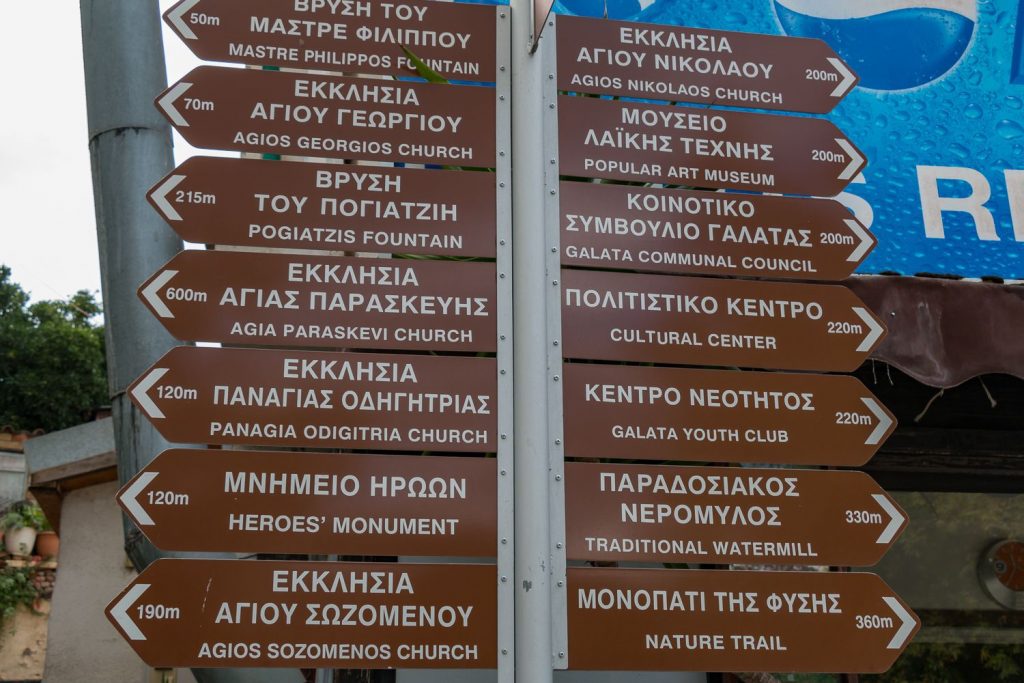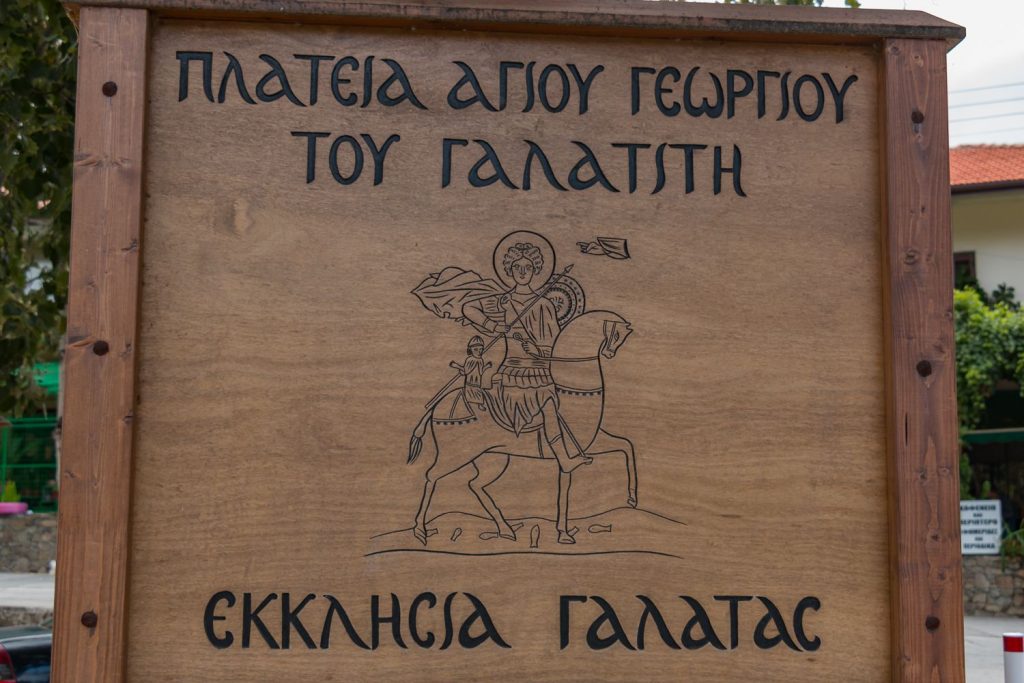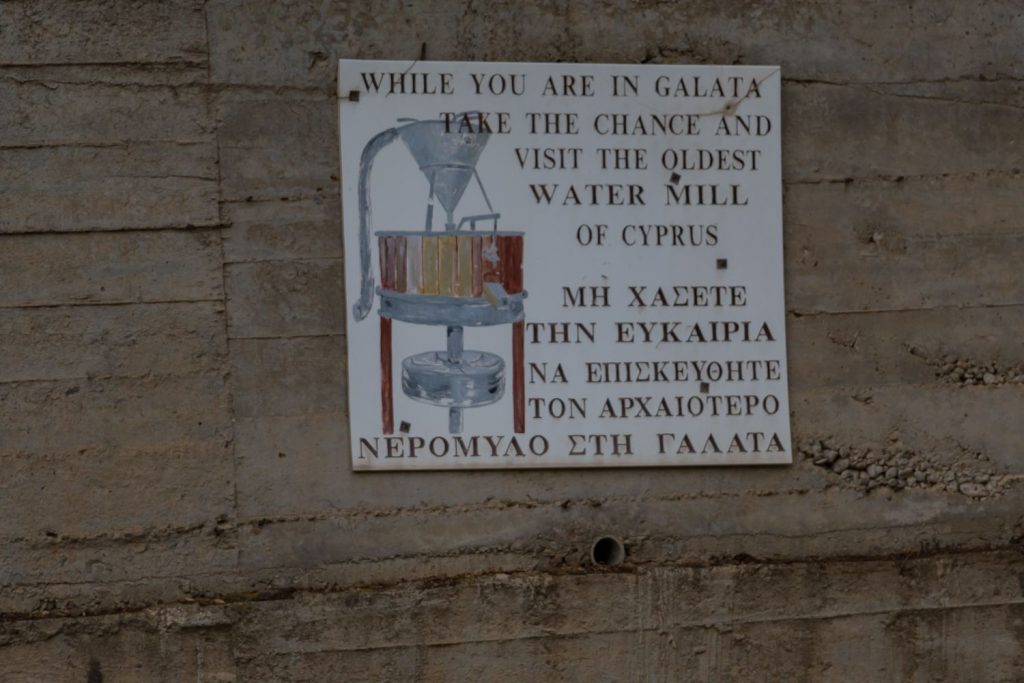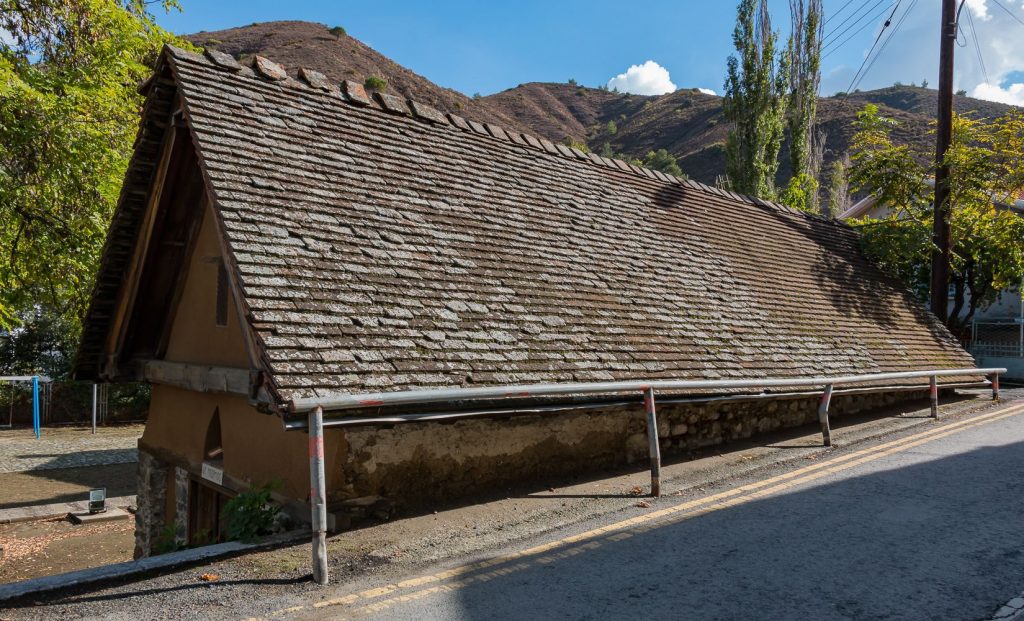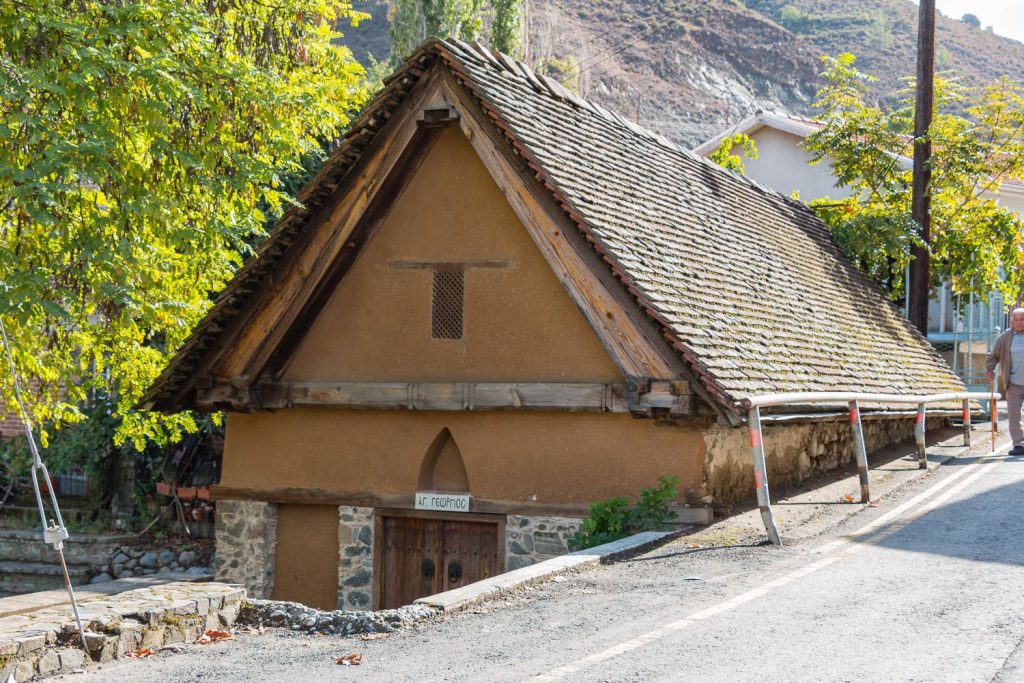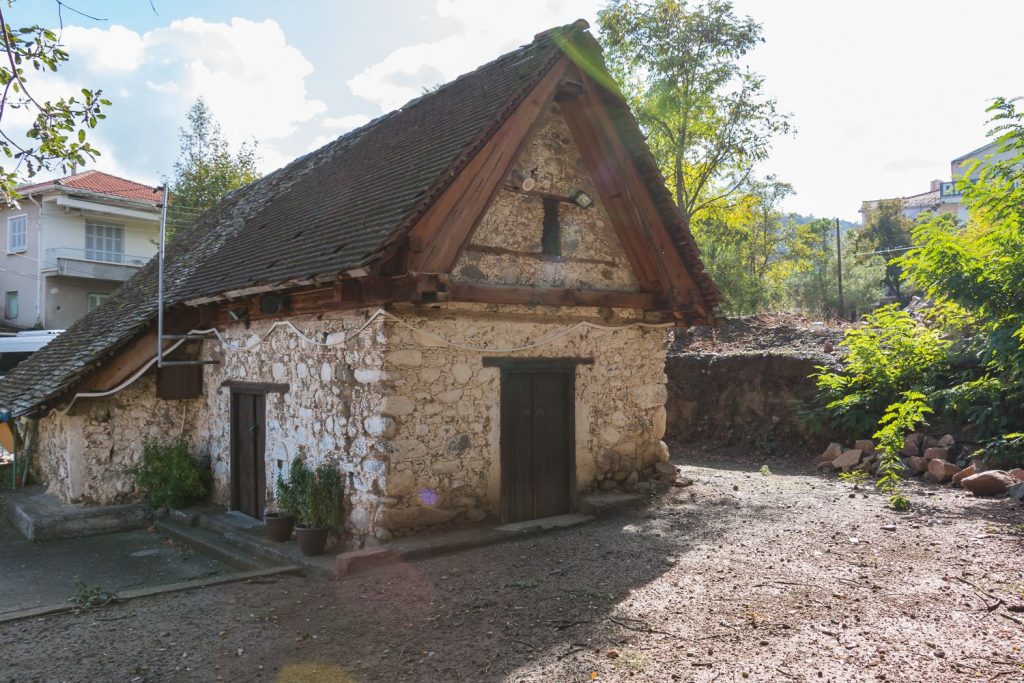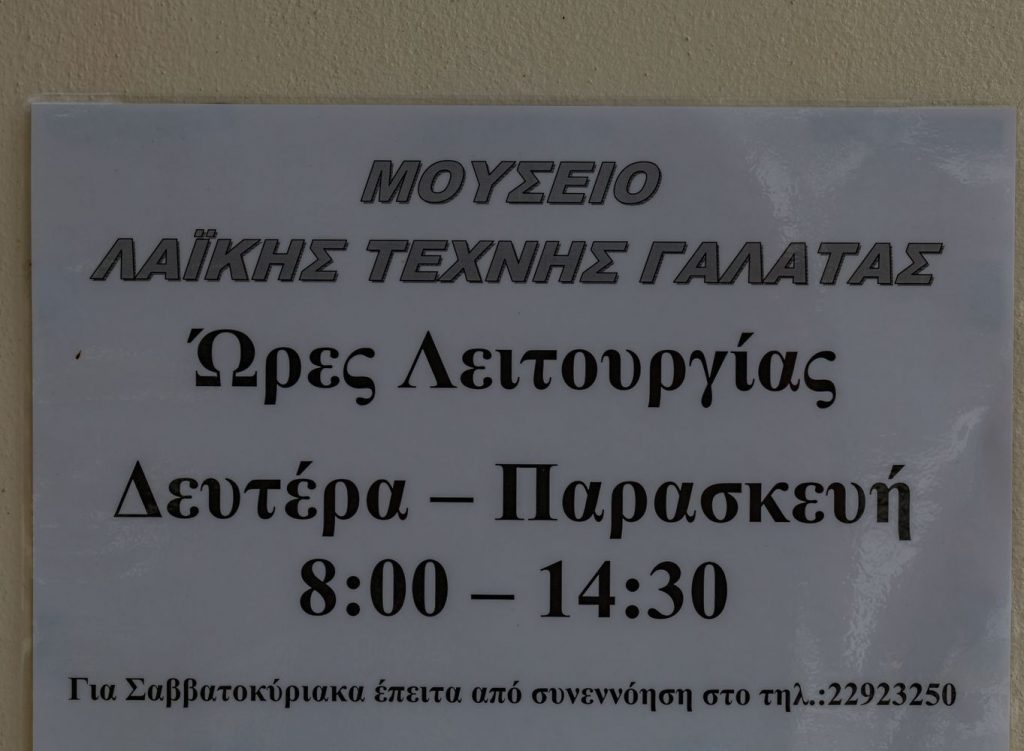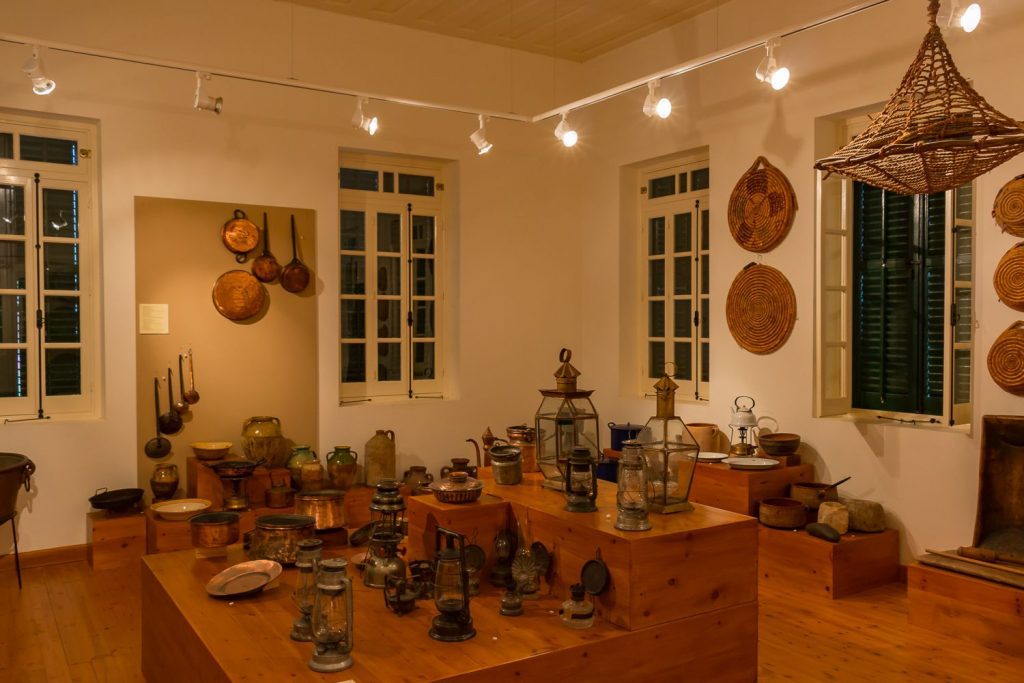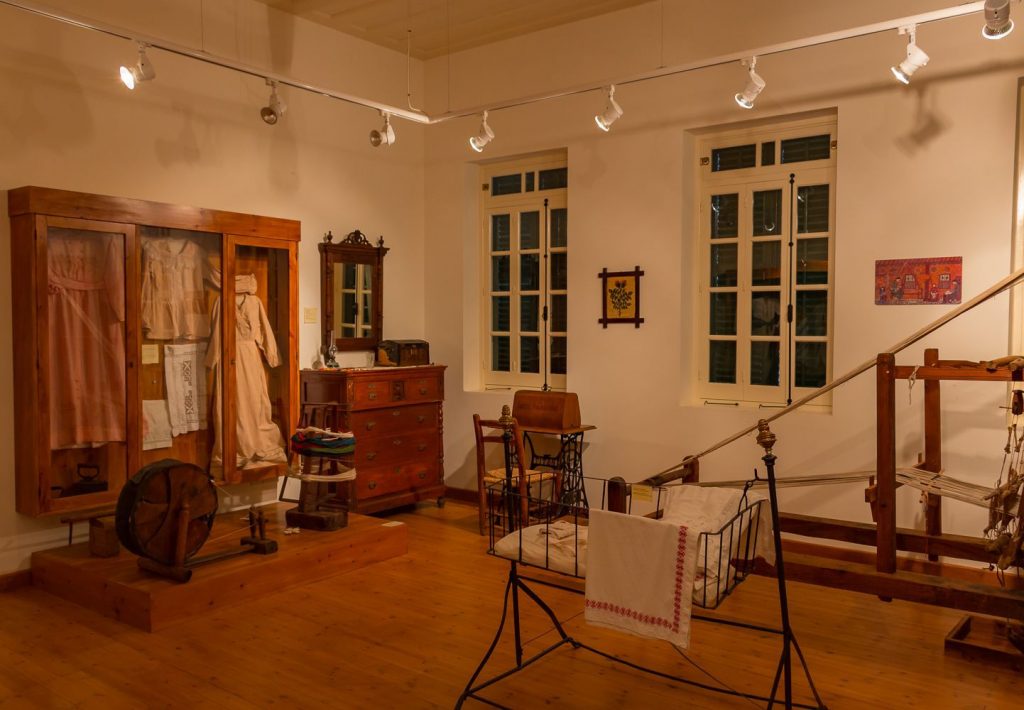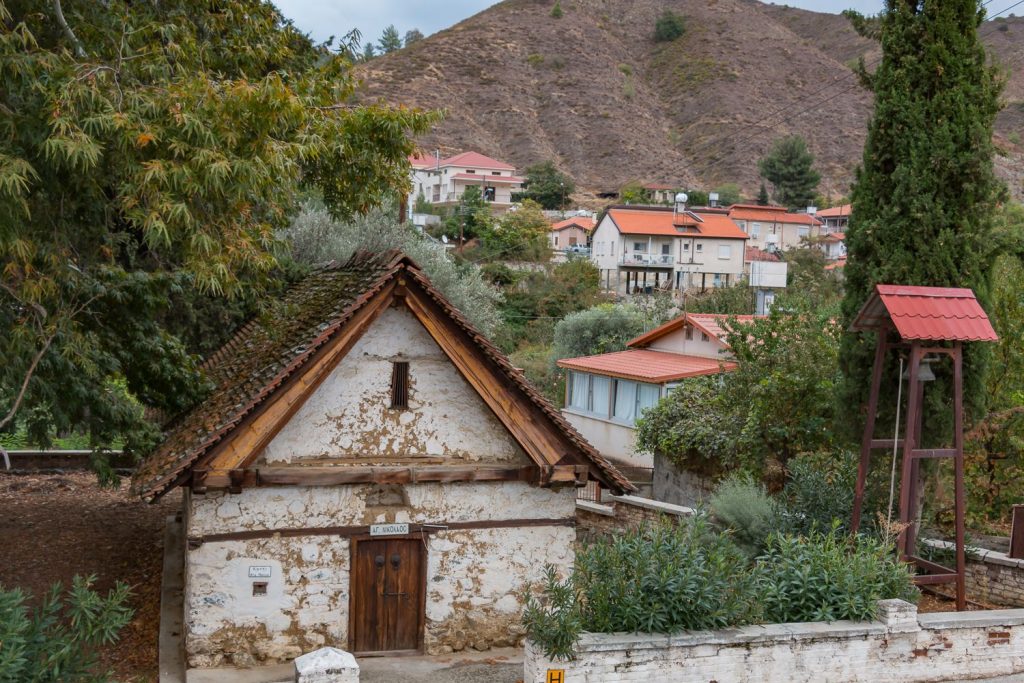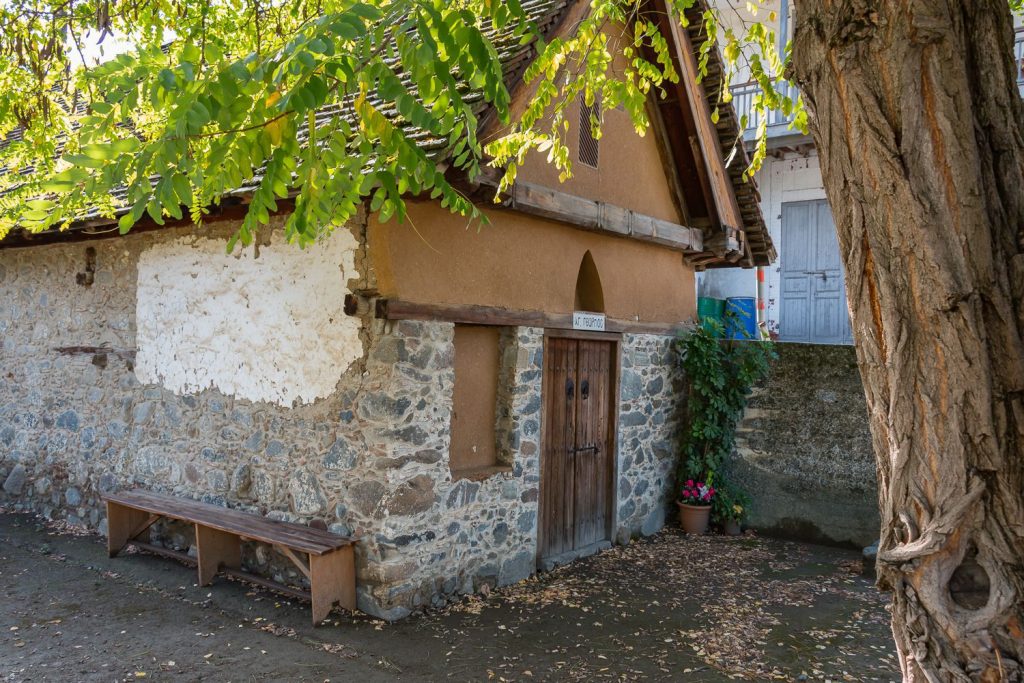Galata
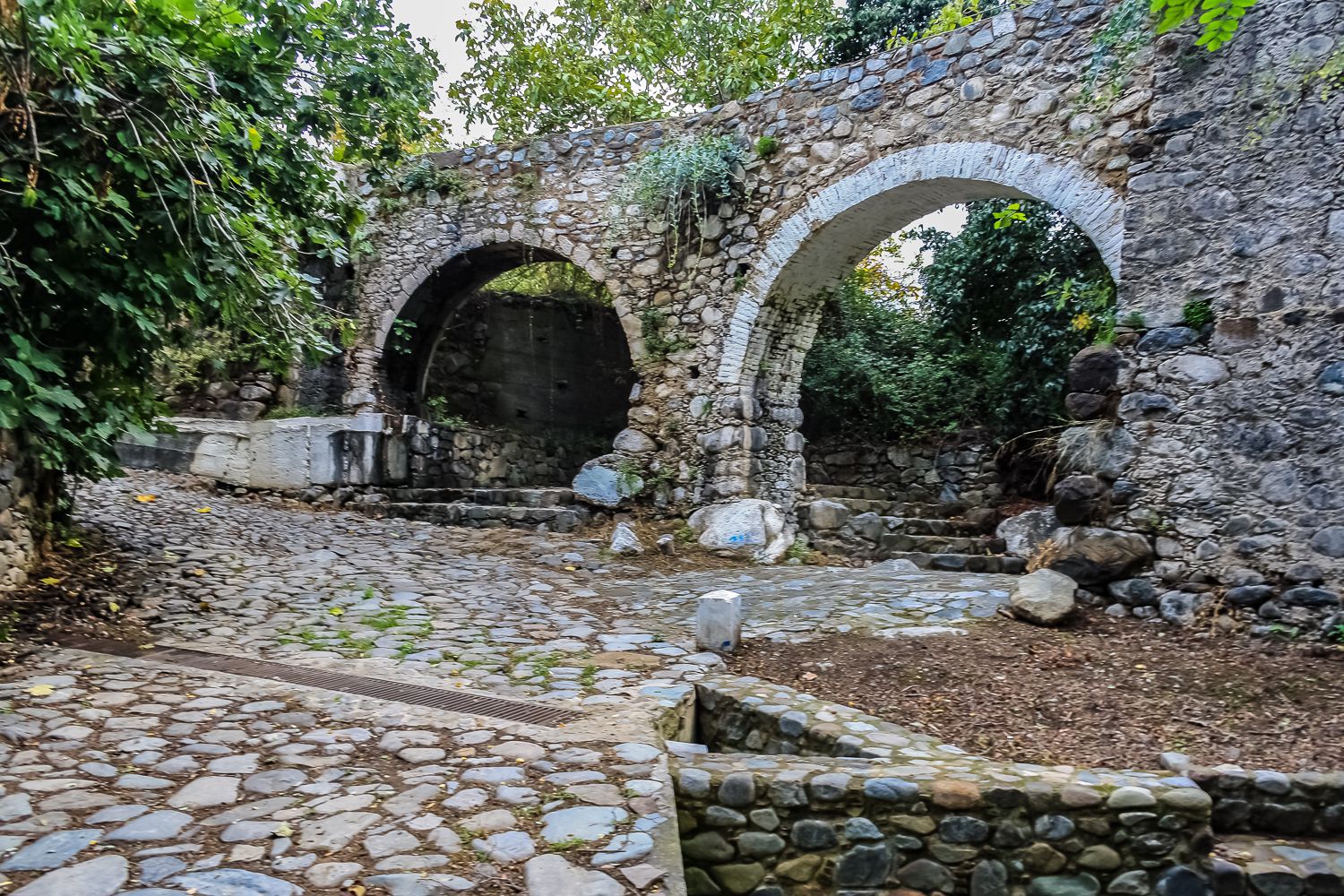
Galata is a village of the homonymous province in Cyprus and it is situated 62 km southwest of Nicosia, 48 km north of Limassol, 107 km west of Larnaca and 85 km northeast of Paphos. Situated in the central part of the free territories of Cyprus, at an altitude of 600 meters in the magnificent Troodos Mountains, the Galata of the about 600 inhabitants, a breath away from the famous and beautiful Kakopetria, is the first village in Solea in terms of fruit production, with about 700 tons per year. The main cultivation consists of apples of various varieties, "formozes", cherries, peaches and grapes that supply everyday the markets of all the major cities of the island.
The beautiful village, “nestled” in the green landscape of pine trees, poplar trees and cypresses enjoys a dry and healthy climate, the rich waters of the Klarios river that irrigate the community. It is a popular destination for both Cypriot and foreign visitors, with many restaurants, taverns, cafes and cafeterias, hotels, rooms for rent and traditional guesthouses. Its great tourist development is due, besides the exceptional natural landscape, to the many and important sights that are within and at the boundaries of the settlement and to the enormous cultural heritage of the place. The settlement, also known as the “village of the balconies”, consists of modern houses and traditionally – mostly two storied – built houses, constracted with local stone, examples of exquisite folk architecture, with wooden balconies and stairs, as well as tiled sloping roofs.
Galata has been in existence since medieval times, and also possibly since the Byzantine era. According to tradition, the first settlers came from Galatia in Asia Minor and were called Galates, hence the name of the village. Another version says that to the west of the village, there used to live shepherds with their herds and the residents that lived below, the “Katochorites” (meaning “of the lower village”) visited the shepherds in order to buy milk (which in Greek is gala). From the milk sellers (galatades), the name Galata emerged. The settlement was a royal estate since 1196 and during the Frankish occupation, it belonged to the De Giblet family.
The community was the “heart of Solea” and it was the center of commerce, agro-livestock trading and also a meeting place for people from the wider region. Today, it continues to be an outstanding destination mainly for its many attractions, the beauty of nature and the excellent tourist infrastructure. The village square is one of its busiest places, with the cafes and the ancient oak tree and the plane trees next to the river that crosses the village. The visitor will be impressed with the 6 Byzantine churches characterized by Byzantine architecture (mainly from the 16th century), most impressive of all the famous Panagia of Podithos, one of the 10 churches that belong to the UNESCO World Heritage Site. Very close to it, there is the chapel of the Virgin Mary (or the Archangel) with frescoes that date back to 1514, while in the middle of the village is the Agios Sozomenos Galata, a one-aisled church of 1513, and the chapel of Agios Georgios dating back to the first quarter of the 16th century. The main church of the community is dedicated to the Panagia (Virgin Mary) Odigitria, a grandiose three-aisled church built in 1930 with donations and voluntary work of residents. The church hosts various sacred vessels, vestments, censers, a Gospel of 1745
and more. The chapel of Agia Paraskevi in the south, on the road between Galatas and Kakopetria, is a one-aisled temple with beautiful frescoes and the chapel of Agios Nikolaos of the 15th century, built with rough stones and mud, is located at the entrance of the village near the old road Kalliana-Galatas. The modern chapel of Agios Tychikos, in the so-called “eso (inner) Galata”, is located at the place of the first settlement of the community in the 11th century.
In addition to the religious attractions, there is the Galatas Museum of Folk Art, which opened in 1990 in the renovated “house of Maragou” with a large exhibition of tools, utensils, vases, costumes, furniture, embroidery, kitchen items and items of everyday use. The “Kyrillos’ Watermill”, which still operates to this day, grinding wheat, the ruined old watermills and beautiful drinking fountains, complement the village’s image.
The Archangelos-Mylos tis Rhodous Nature Trail is a good opportunity for nature lovers to admire the unique natural beauties and explore the lush vegetation of the area.
The community’s Hero monument, a towering 5 meter column at the base of which is a granite slab with the names of the dead, is located near Panagia Odigitria, in the middle of the village, and depicts the tattered khaki shirt of the fighter who fell during the struggle for the freedom of the island. Every year a memorial is held and a wreath is deposited at the monument.

